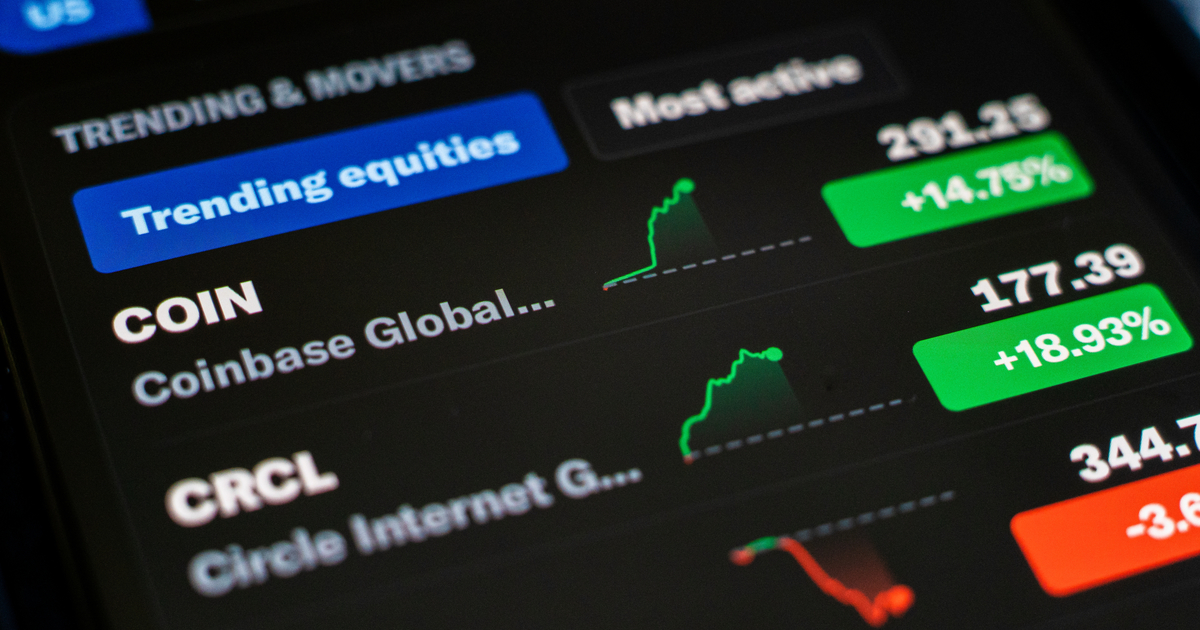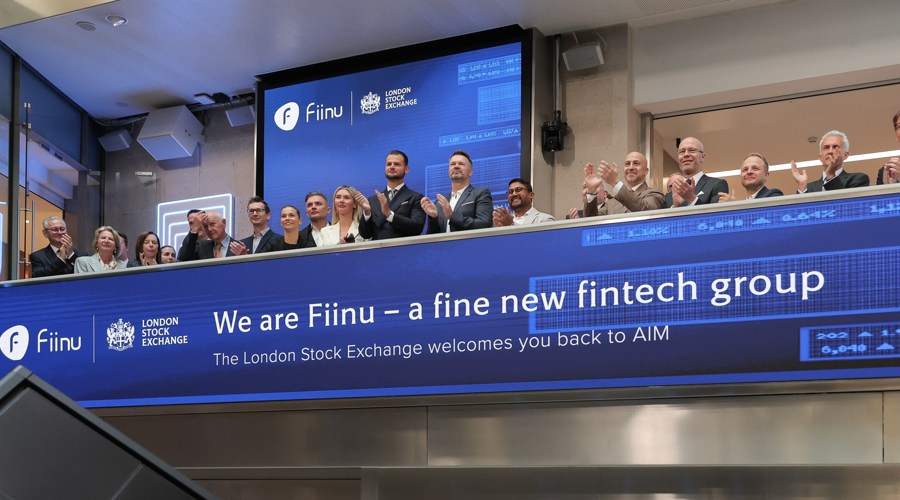U.S. Commerce Secretary Gina Raimondo on Thursday expressed hope that the Indo-Pacific Economic Framework will prove to be more economically impactful than a free trade agreement with India.
The IPEF was launched jointly by the U.S. and other partner countries of the Indo-Pacific region on May 23 in Tokyo. The 14 IPEF partners represent 40% of global GDP and 28% of global goods and services trade.
The framework is structured around four pillars relating to trade, supply chains, clean economy, and fair economy (issues like tax and anti-corruption). India has opted out of the trade pillar and decided to join the remaining three subjects pertaining to supply chains, clean economy and fair economy.
Raimondo said that a trade agreement with India is at present not on the table and the U.S. Congress has stated that there is no appetite for an FTA.
“My hope is that the IPEF… my strong belief is that it will prove to be in many ways more economically impactful than an FTA,” she said in a fireside televised chat in New Delhi.
She added that this framework would be a modern equivalent of a trade agreement.
“And this is what we are trying to figure out through IPEF and if we do it right,” it would help in more job creation in both the countries than the traditional FTA.
When asked about cooperation in semiconductors, the U.S. commerce secretary said that India and the U.S. will have a formal discussion on the sector.
“I am working very closely with my counterpart (commerce and industry minister Piyush Goyal). Tomorrow we have the official meetings of the CEO forum and the commercial dialogue and we have been talking about a great deal on semiconductors and we will have a formal discussion between the government of the U.S. and government of India around semiconductors,” she said.
There are synergies between India and the U.S. on semiconductor design and technology, she added.
Raimondo said that the U.S. and the world is overly dependent on Taiwan for semiconductors and ‘we have a desire to work closely with our allies including India’ on this sector.
She also said that huge opportunities are there in both the countries to increase trade and investments.
India has a stable business environment and it would gain from the U.S. companies that are looking to diversify their supply chains, she said.
On challenges in India, she said India has a “quite high” tariff on certain components that go into semiconductor or other electronic items.
She said that the U.S. investors talk about difficult foreign investment rules in certain sectors and differences in regulations at state levels.
“But the truth is that any time you can increase transparency and reduce layers of bureaucracy and regulations. It does ease the path for more commerce,” she added.
Raimondo is here for the India-U.S. Commercial Dialogue and India-U.S. CEO Forum meet on March 10.
India-U.S. Commercial Dialogue and CEO Forum will be held on March 10 to discuss cooperation in various sectors that could unlock new trade and investment opportunities between the two countries, the commerce ministry has said.
The Dialogue is a cooperative undertaking encompassing regular government-to-government meetings to be held in conjunction with private sector meetings, with an aim to facilitate trade, and maximise investment opportunities across a broad range of economic sectors.
On Air India placing orders for hundreds of planes from Boeing, she said “we believe that this deal will pave the way for more such deals with India.”
She added that the U.S. is moving with the Indo Pacific Economic Framework at an “unprecedented pace.”
She expressed hope about concluding agreements on all four pillars of IPEF by year end.
India is the ninth largest trading partner for the U.S., while the U.S. is India’s largest trading partner and the largest export destination.
In 2022, the bilateral trade in goods crossed $131 billion. Total trade in goods and services is expected to cross $180 billion, the ministry added.
The U.S. is also the third biggest source of FDI for India, and the U.S. is one of the top five investment destinations for India.
The bilateral trade in goods between the two nations has increased to $65.39 billion during April-January this fiscal against $62.27 billion a year ago.
India has received about $5 billion in foreign direct investment from the U.S. during April-December 2022-23.







































